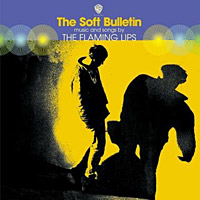Basis Audio Ovation turntable Page 3
Basis Audio Ovation turntable Page 3
- Read more about Basis Audio Ovation turntable Page 3
- Log in or register to post comments
I was digging through my LPs looking for something I had forgotten to play in a while and found an old (79) Giants of Jazz LP(LP-1013). I bought it sometime a go from FantasyLand records, north of Atlanta in Buckhead section of town. It is a great used record/CD store.
It is a transcription of some old radio programs that featured the King Cole Trio as they were known then of Nat King Cole, Wesley Prince-bass, and Oscar Moore-guitar. These are from some Keystone radio broadcasts of 1939.

From 5/06 "As We See It":
"Rollo was putting up all the money. He should have owned 100% of the company."
"The papers should have specified other things as well: that Rollo's cash infusions were to be documented, interest-bearing loans..."
I for one would like to hire JM to sue the companies I own common stock in for neglecting to pay me interest on my shares all these years.
Hello all,
As the post subject suggests this is mostly intended for Wes Phillips but I guess the editor could enlighten me just as much 
At the end of the CES 2006 show report entry about Anthony Gallos new/improved Reference 3.1 there is a short sentence that suggests an upcoming review on those speakers by Wes P (and the traditional measurements by the editor -- one can hope/humbly ask for  )
)
Hello, Can I use the above 3 watt (power consumption) Stereo Turntable, when I was previously using a 4 watt stereo turntable, the Aiwa PX-E800 model on the same hi-fi system? Does the lower Wattage off 1 watt make any great difference to the sound performance/loudness?
Please help thank you for early reply,
Jim9v
I am rereading JA's comments concerning music serving and how to access it from your easy chair with the new devices from Slim Audio and their Squeezebox and now the Sonos system. I have tried not to be academically challenged when it comes to audio, but after reading this I am beginning to feel impotent about ever grasping what it will take to make all this happen in MY house.
I am guessing that the first thing I should do is get "geared up" to make my laptop wireless and then take baby steps forward, or sideways depending upon how that goes.